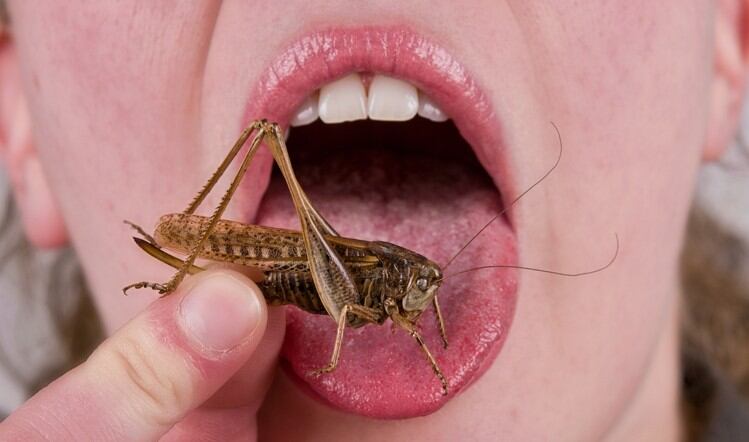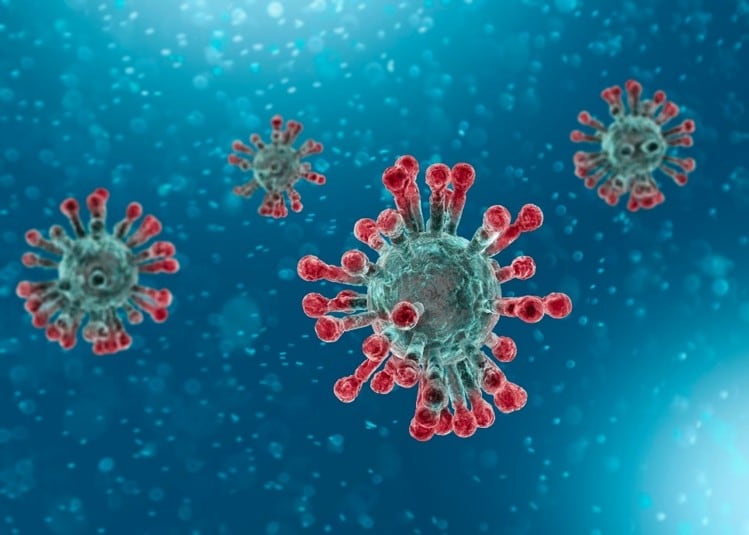Modern food production systems have reduced the cost of foods and made them more available, but general trends towards the centralisation of food supply also increases the opportunity that food safety issues, such as contamination with pathogens or toxins will affect large numbers of people1.
To prevent this, food producers implement strict systems such as Hazard Analysis Critical Control Points (HACCP), but the design and manufacturing standards of food processing equipment are also of vital importance.
Types of contamination
The contamination of food and drink products can cause anything from minor quality issues to severe health outcomes and even death. There are four main types of contamination which can affect food and drink products: microbial, chemical, physical and allergenic.
Microbial contamination is caused by microorganisms such as bacteria, viruses, mould, fungi and toxins like campylobacter, salmonella and E. coli, and microbial contamination is the most common source of food poisoning. Control measures include strict hygiene measures, ensuring separation between raw and cooked ingredients, and the use of techniques to reduce the microbial load in the product, such as pasteurisation or sterilisation.
Chemical contamination often arises from the poor control of products used for cleaning and disinfection. If chemical residues remain on food preparation or contact surfaces, or if chemicals are used in the vicinity of food and drink products, then contamination can occur. Another source of chemical contamination may be the production of primary food ingredients such as the incorrect use of pesticides and medicines on farms.
As the name suggests, physical contamination is caused by foreign objects, and can include anything from stones and pest bodies through to items of plastic or metal. Within food processing facilities, poorly maintained or badly designed equipment can itself become a source of physical contamination in the form of items such as flaking paint or loose screws. Physical contaminants may also carry harmful bacteria, increasing the overall contamination risk.
The final source of contamination is allergenic contamination, which occurs when a food which causes an allergic reaction comes into contact with another food. There are 14 recognised allergens2, including gluten, peanuts, eggs, mustard, soy, and fish, and the reactions caused can range from mild discomfort through to fatal anaphylactic shock.
The importance of design
Food processing business adopt a range of processes and procedures to prevent these forms of contamination from occurring. These measures may include cleaning and maintenance procedures, pest control, personal hygiene, protective clothing, dress codes, etc.
Many of these procedures will have been implemented as a result of Hazard Analysis Critical Control Points (HACCP) assessment of the facility and the production methods employed, but there is another equally important aspect of avoiding contamination which is not always given such a high profile: the design and construction of the food processing equipment itself.
Hygienic equipment design enhances cleanability, decreasing the risk of biological, physical and chemical contamination. In addition, equipment that is designed and constructed to meet hygienic principles is easier to maintain and reduces the risk of physical hazards3.
Hygienic design principles encompass a range of different factors, including material choice, surface finish, and construction methods, as well as the physical design of the product – for example avoiding lips, crevices and sharp angles where cleaning chemicals or product may build up or remain after cleaning.
To facilitate cleaning underneath and around equipment, it should be elevated above the floor on legs or mounted in a frame.
When designing equipment, different standards may be applied to food-contact and non-contact surfaces, and surfaces which come into contact with product must generally be smooth, non-toxic, non-absorbent and resistant to corrosion.
It is also important to use closed coupled connections to equipment in order to prevent the creation of dead spots, and to ensure that where necessary, equipment can be fully drained or emptied for cleaning or product changeover. Other considerations include avoiding the use of O-ring seals in grooves, avoiding ledges around top rims, and ensuring that shafts are suitably sealed with double seals where necessary.
The hygienic design and construction of food processing equipment is an essential but often overlooked aspect of controlling the safety and quality of food and drink products, playing a crucial role in preventing contamination and allowing other food safety procedures to be carried out.





